Call Us: (800) 633-1008
Int. + 1 (813) 251-5355
Int. + 1 (813) 251-5355
The Dalmatian coast stretches from Dubrovnik, close to the Montenegrin border, all the way to Split, in the middle of the coast. With the impressive Diocletian Palace, Split is a must for anyone interested in Ancient Roman history, while art lovers should not miss the Mestrovic gallery. A short boat ride away is the island of Hvar, with some of the finest hotels in the country and the most interesting wineries. Dubrovnik is Croatia’s best-known destination, but besides its charming Old Town, there is plenty to discover nearby – from silk artists in the Konavle region to tiny fishermen’s villages on the islands of Lopud and Šipan, to the gardens of the Tresteno Arboretum.


Your private car & driver will meet you just outside customs and baggage claim to take you to your hotel.
With its seven travertine waterfalls Krka River is a natural phenomenon. You can also find ruins in the park that date back to Roman times, such as the catacombs under the Krka monastery in the north of the park.
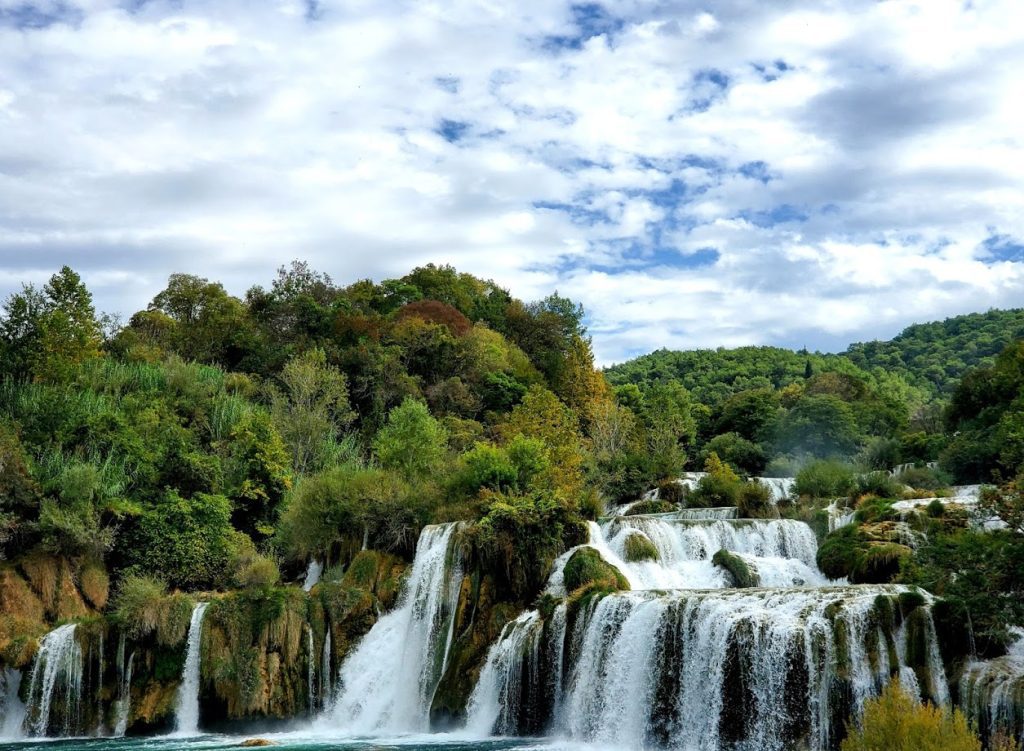
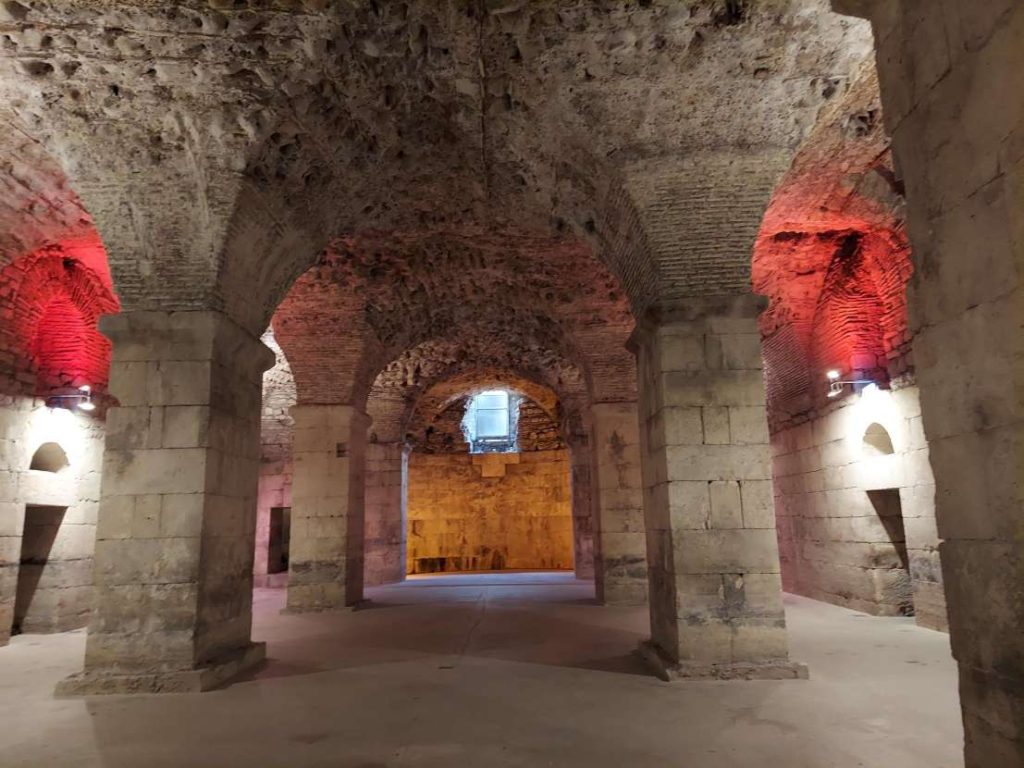
The central heart of Split is The Diocletian Palace, one of the most impressive Roman UNESCO Heritage sites in the world. The Roman Emperor Diocletian built himself a palace for his retirement. After his death and many years later a town began to thrive within its walls.
The center of Split does feel like a film set and was also made famous by Game of Thrones. Some of the best-preserved sites you can visit are the Vestibule, the Temple of Jupiter, the Peristyle, and Diocletian’s Mausoleum – now the Cathedral of St. Dominus. Explore this fascinating city with your private guide.
Today take a hydrofoil or ferry to Hvar island. For the ultimate splurge a private speedboat is our favorite way to go!
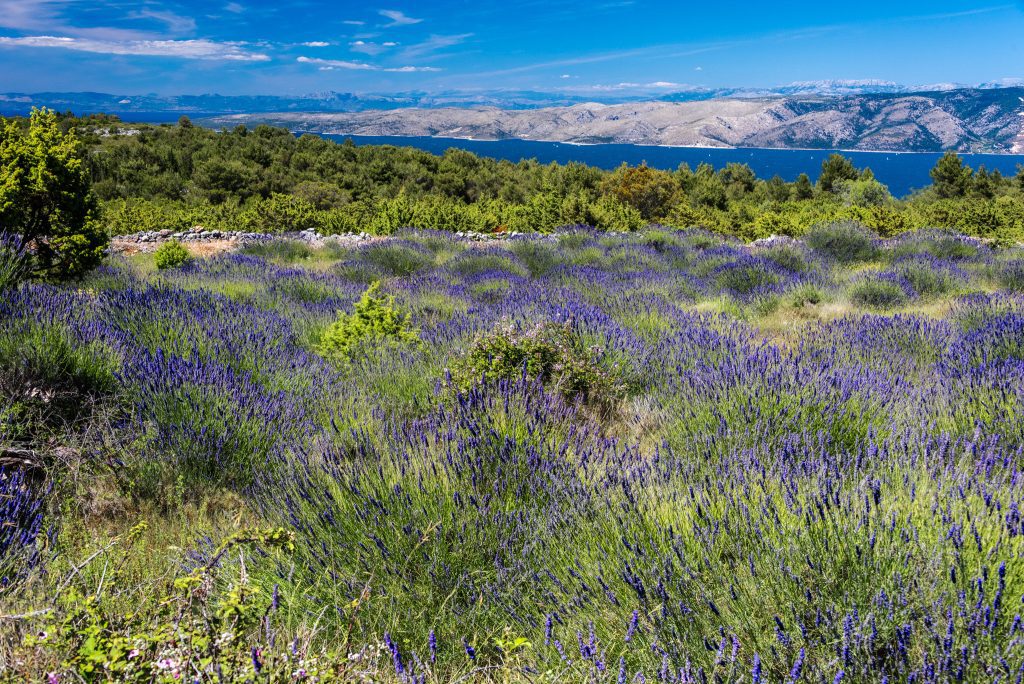
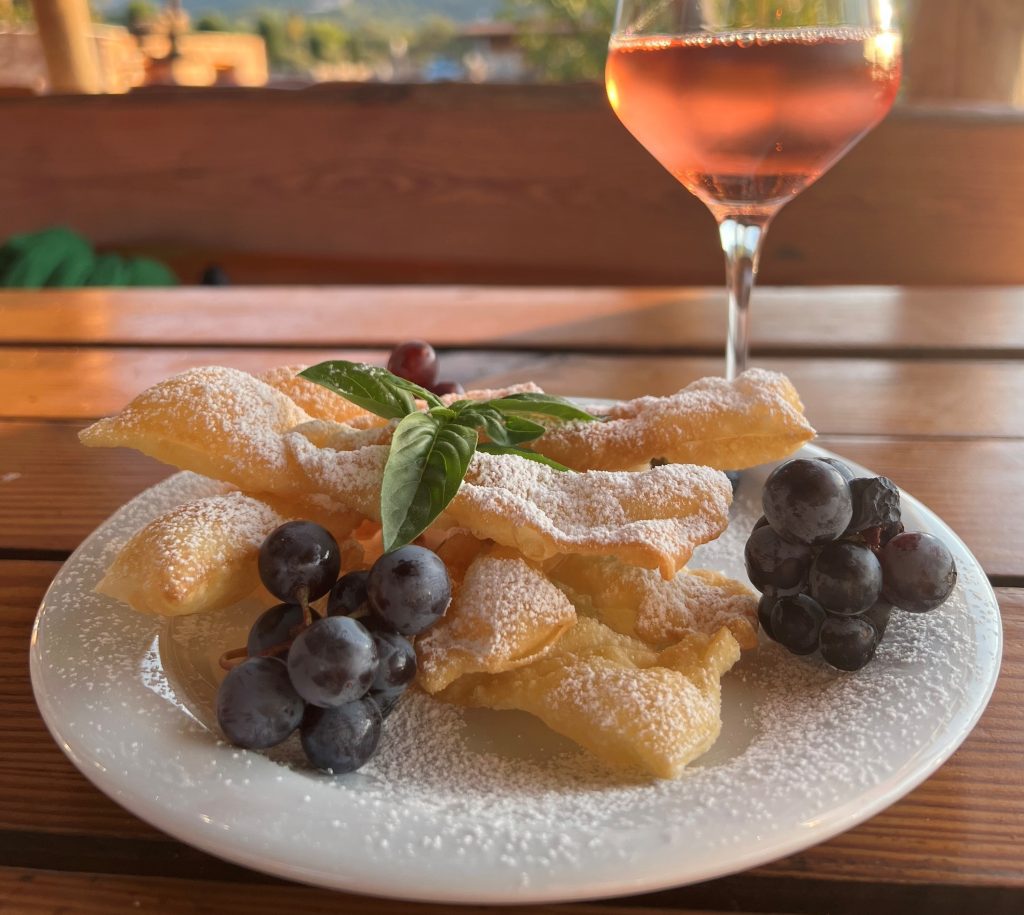
Today you can choose from a myriad of activities – explore Hvar Town go biking through the countryside, or taste a wine or two – the choice is yours.
What could be better than being on the water in the Adriatic with your own private motorboat? We love the Pakleni Islands. These islands face the town of Hvar and are uninhabited and mostly woodlands. They feature a myriad of small, secluded beaches. The beaches themselves are gorgeous and great for a stop for lunch or to relax and you can discuss your itinerary with your skipper on the day.
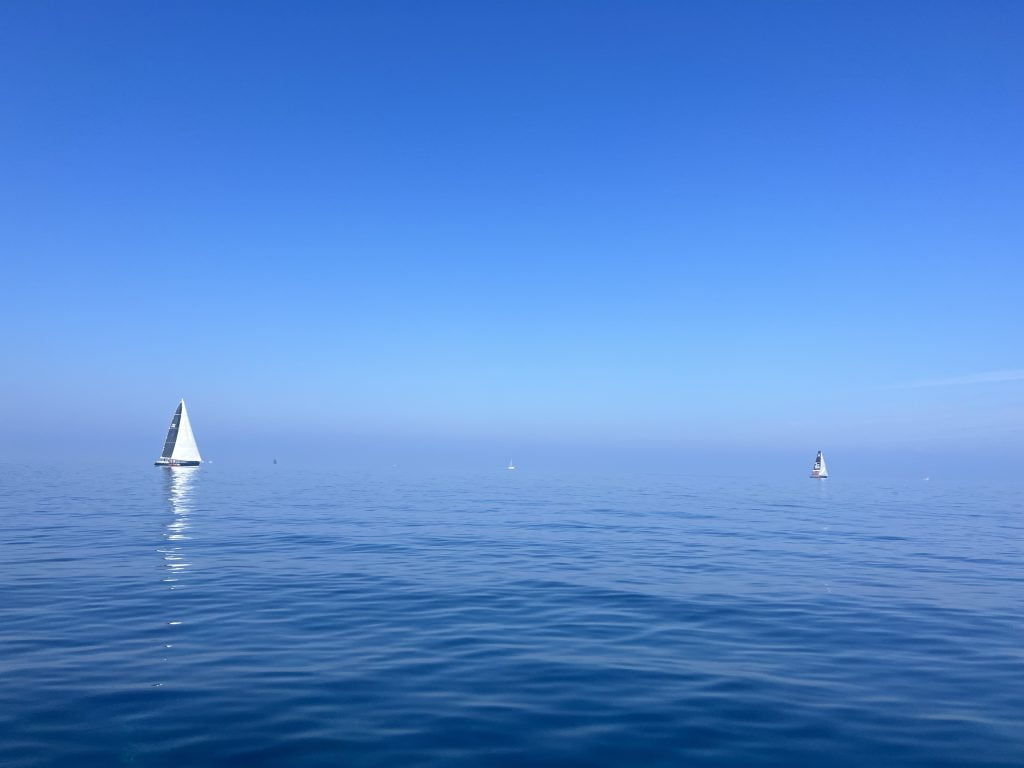
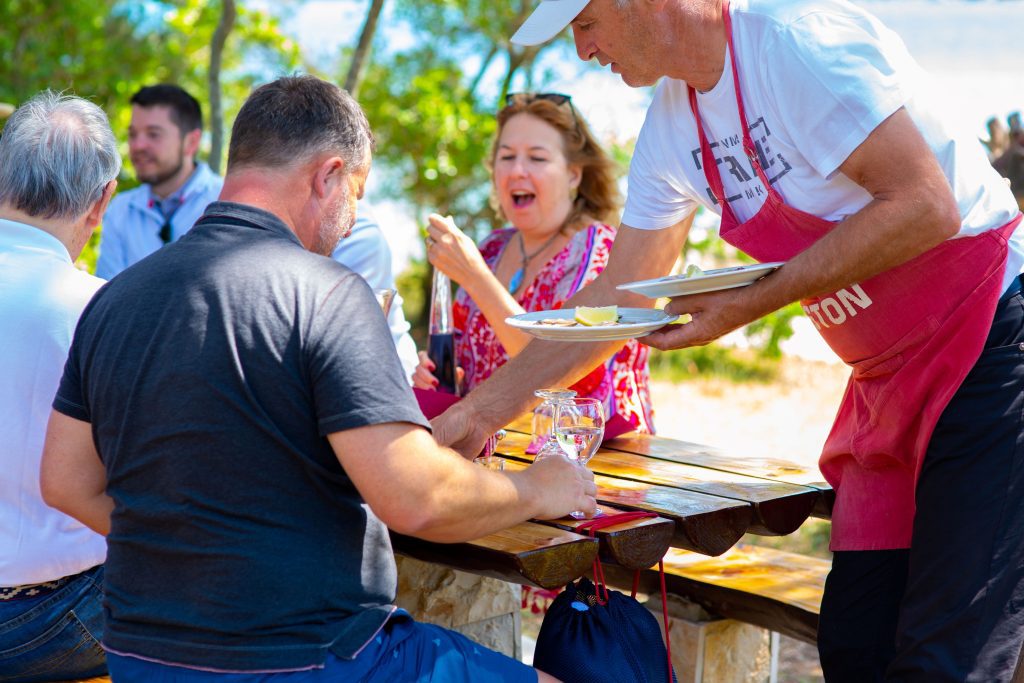
En route to Dubrovnik with your private driver you will stop at the Pelješac peninsula known for its fine vineyards and the best oysters in Dalmatia farmed in the town of Ston. Head to the oyster banks and see how oysters and mussels are cultivated in the region. Join an oyster farmer on his little private island for an oyster tasting and lunch.
From here, continue on your journey to Dubrovnik. Upon arrival, check into your hotel and enjoy the rest of the evening at leisure.
Dubrovnik is magical. From the ancient city walls that protect the heart of the old town to the cafe culture that spills out into the atmospheric narrow streets. You will feel encircled by history. Yes, it is busy, but there is always a way to find a corner of the city to people-watch and enjoy. Soak up the history, the sun, and the views with your private guide, we will tailor today to your interests.
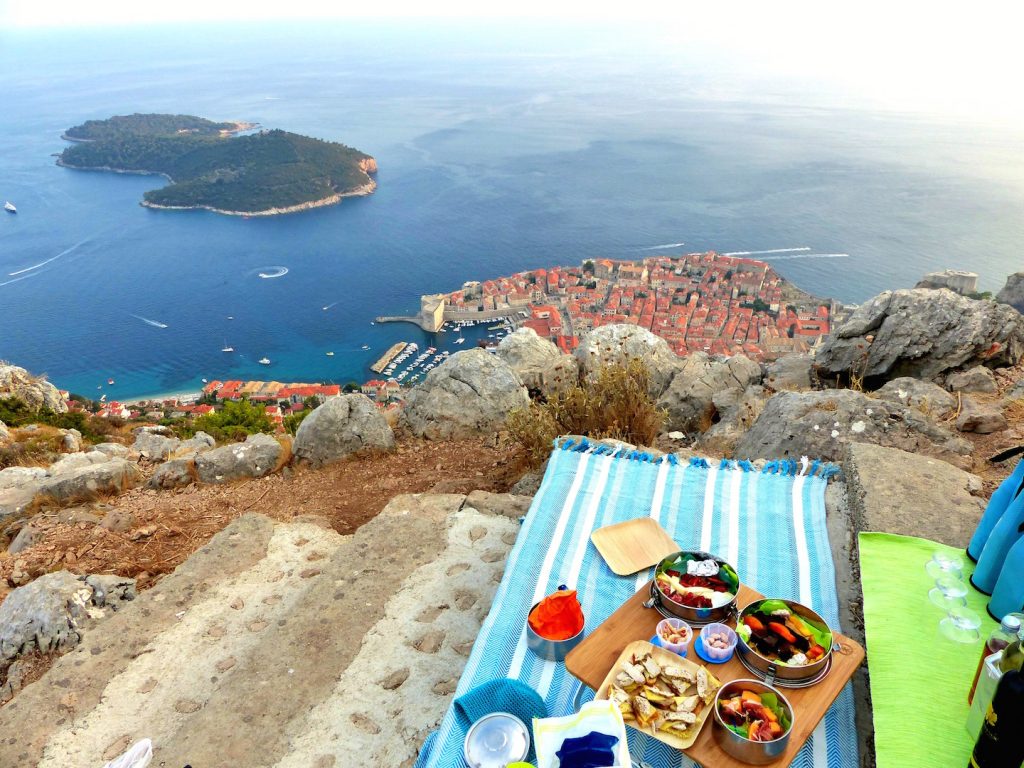
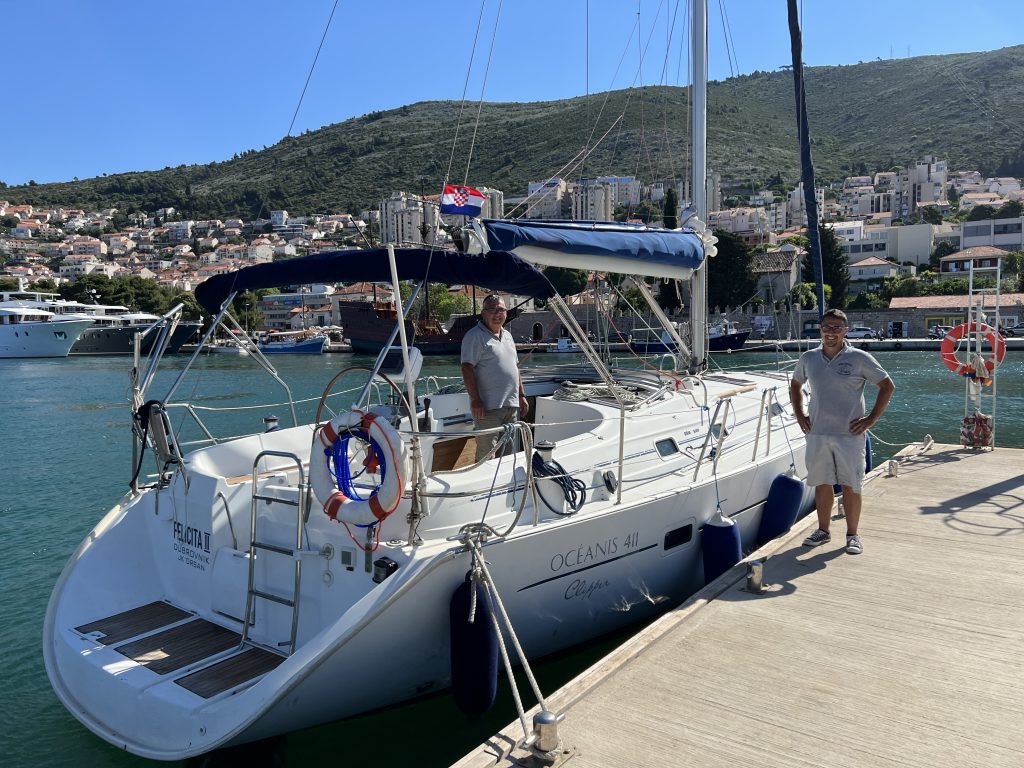
Take a day with a sailboat to visit the beautiful Elaphite archipelago, dotted with pine forests, picturesque villages, and bays.
From hip and fashionable Lopud to sleepy Sipan, today is a day for swimming, enjoying nature and the calm waters of the Adriatic!
Why not extend your stay? Croatia combines ideally with Montenegro.
